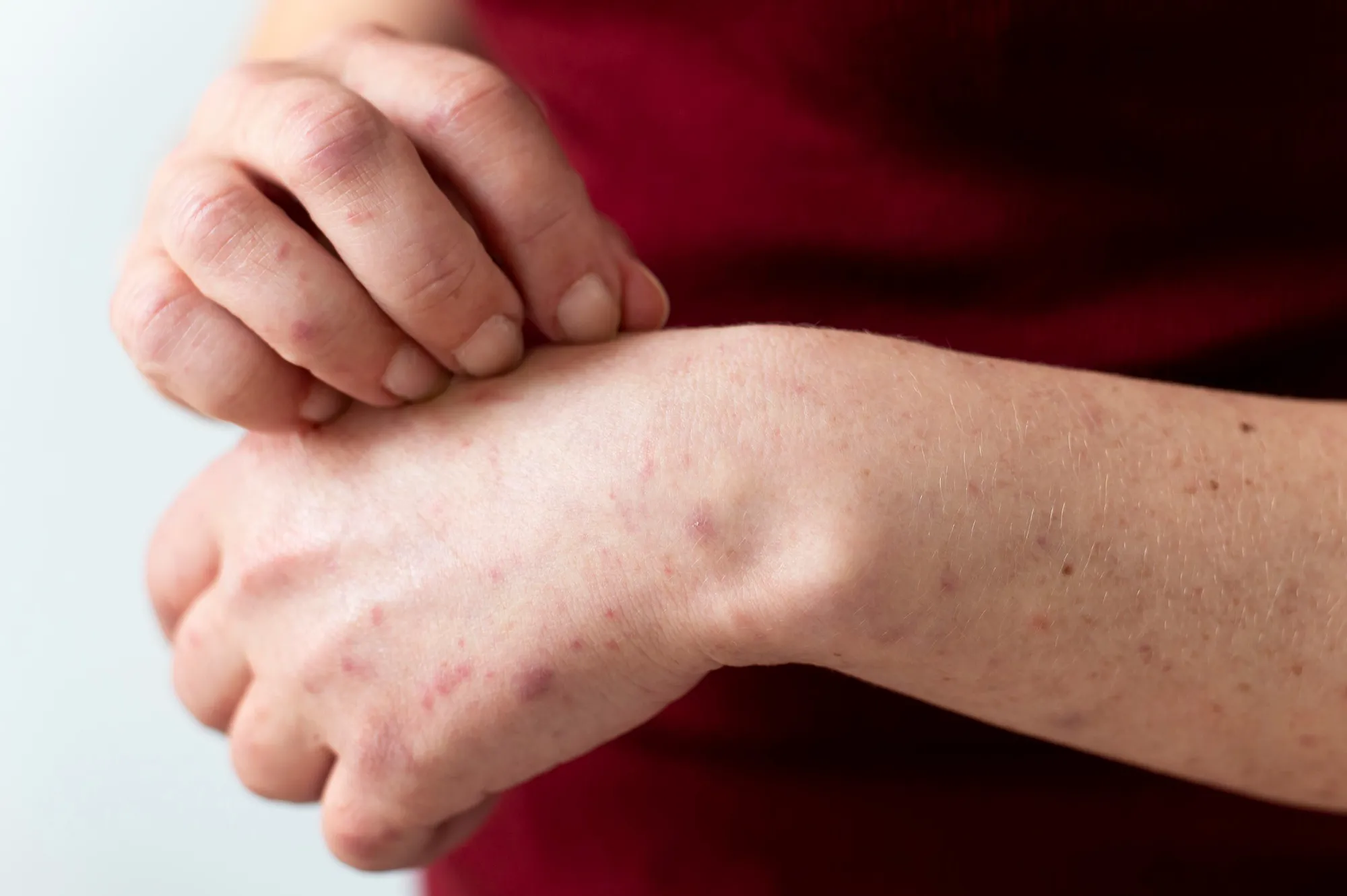In the realm of infectious diseases, the West Nile virus (WNV) has been a consistent presence, particularly known for its potential to cause neuroinvasive disorders. In a stark revelation documented within the Canadian Journal of Neurological Sciences, a case study was published highlighting the alarming manifestation of WNV as facial diplegia in an elderly patient. The study presented by Chan Tommy L.H. and Adrian Budhram from the Department of Clinical Neurological Sciences at Western University, Ontario, adds an essential perspective to the understanding of WNV infections’ complexity.
As we step into the season when WNV transmissions escalate, this case study, published on July 2019 with the DOI 10.1017/cjn.2019.46, merits a nuanced analysis and a grasp of its implications on public health strategies. It is not just the transmission of the virus that is of concern but the debilitating effects it can have on those infected.
Case Overview and Clinical Presentation
The study in question revolves around a patient, an octogenarian female, who arrived at a medical facility with progressive weakness in her limbs. Notably, this weakness was coupled with acute facial diplegia—a rare clinical manifestation where both sides of the face experience paralysis simultaneously. After an intensive diagnostic evaluation, it was determined that the patient had neuroinvasive West Nile virus infection.
Understanding Facial Diplegia
Facial diplegia itself is an exceptionally rare outcome of the West Nile virus, a condition that may often be misdiagnosed due to its similarity with other neurological disorders such as Guillain-Barré syndrome (GBS). However, the implications of facial diplegia extend beyond mere facial paralysis; it can compromise one’s ability to express emotions, speak, and perform essential functions like eating and drinking.
The West Nile Virus Menace
The West Nile virus is primarily transmitted by mosquitoes and has increasingly become a public health concern across various geographical locations. While many individuals infected with WNV remain asymptomatic, approximately 20% develop symptoms ranging from fever, headache, and body aches to more severe neuroinvasive manifestations like meningitis, encephalitis, and acute flaccid paralysis.
Neuroinvasive outcomes of the West Nile virus infection, such as the case of the elderly female, signal the need for enhanced surveillance and clinical readiness to manage such complicated presentations. The occurrence of facial diplegia associated with WNV is a grim reminder of the virus’s potential to severely affect the nervous system.
Medical Management and Public Health Implications
Management of such cases requires a multidisciplinary approach, incorporating supportive care and symptomatic treatment. Rehabilitation for motor function recovery and communication therapy might be mandatory in the wake of such profound paralysis.
This case study prompts the medical community to maintain a high index of suspicion for WNV infections, especially in endemic regions during the mosquito season. Public health measures such as mosquito control programs and community awareness campaigns are critical in preventing virus transmission.
Emerging Research and Future Directions
Research is vigorous in the pursuit of vaccines and antiviral therapies to combat WNV. Although no specific antiviral treatment is currently available for West Nile virus infection, understanding its clinical presentation, such as facial diplegia, is crucial for early diagnosis and management.
The Need for Awareness and Prevention
As we delve into warmer months and the activity of disease-carrying mosquitoes increases, awareness about the various presentations of WNV becomes even more crucial. Preventing mosquito bites through the use of insect repellents, wearing long sleeves and pants, and eliminating standing water where mosquitoes breed are simple but effective strategies to reduce the risk of WNV infection.
The Future of WNV Research and Treatment
Continuous research into the pathogenesis of WNV and its neuroinvasive potential is essential. With the global movement of populations and climate shifts affecting mosquito populations, the risk of WNV becoming a more widespread health concern increases. Exploration of targeted therapies and the advancement of a vaccine remains a priority in the quest to mitigate the effects of this virus.
In Conclusion
The case of facial diplegia in an octogenarian female, as discussed by Chan Tommy L.H. and Adrian Budhram in their article in the Canadian Journal of Neurological Sciences, stands as a critical reminder of the severe and varied manifestations of the West Nile virus. It compels both the medical community and the public to remain vigilant and proactive in the understanding, prevention, and management of this infectious threat.
References
1. Chan, T.L.H., & Budhram, A. (2019). Facial Diplegia in Neuroinvasive West Nile Virus Infection. Canadian Journal of Neurological Sciences, 46(4), 453-454. doi:10.1017/cjn.2019.46
2. Sejvar, J. J. (2003). West Nile virus: an historical overview. Ochsner Journal, 5(3), 6–10.
3. Petersen, L. R., Brault, A. C., & Nasci, R. S. (2013). West Nile virus: review of the literature. JAMA, 310(3), 308–315. doi:10.1001/jama.2013.8042
4. Falco, R. C., & Fish, D. (1992). Prevalence of Ixodes dammini near the homes of Lyme disease patients in Westchester County, New York. American Journal of Epidemiology, 137(5), 556-568. doi:10.1093/oxfordjournals.aje.a116476
5. Hadler, J. L., Patel, D., Nasci, R. S., Petersen, L. R., Hughes, J. M., Bradley, K., … & Fish, D. (2015). Assessment of arbovirus surveillance 13 years after introduction of West Nile virus, United States. Emerging infectious diseases, 21(7), 1159. doi:10.3201/eid2107.141863
Keywords
1. West Nile Virus Symptoms
2. Facial Diplegia
3. Neuroinvasive West Nile Virus
4. West Nile Virus Prevention
5. Acute Flaccid Paralysis
